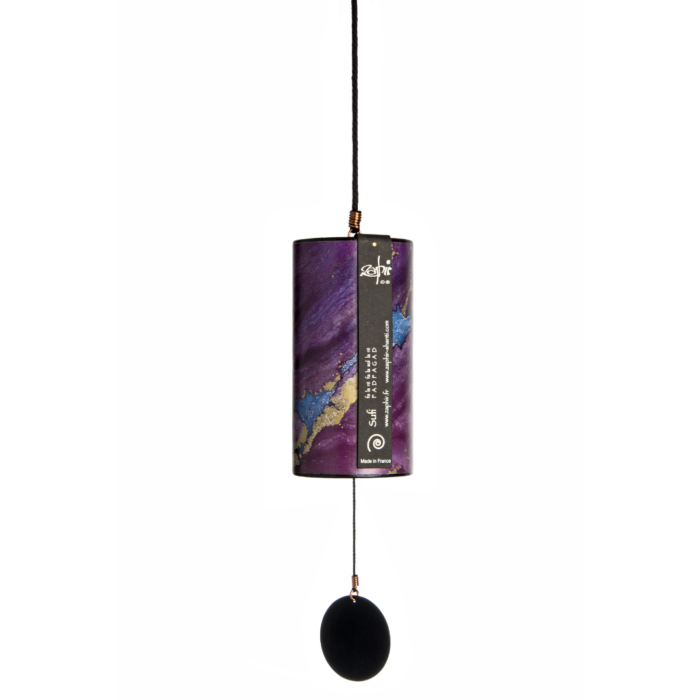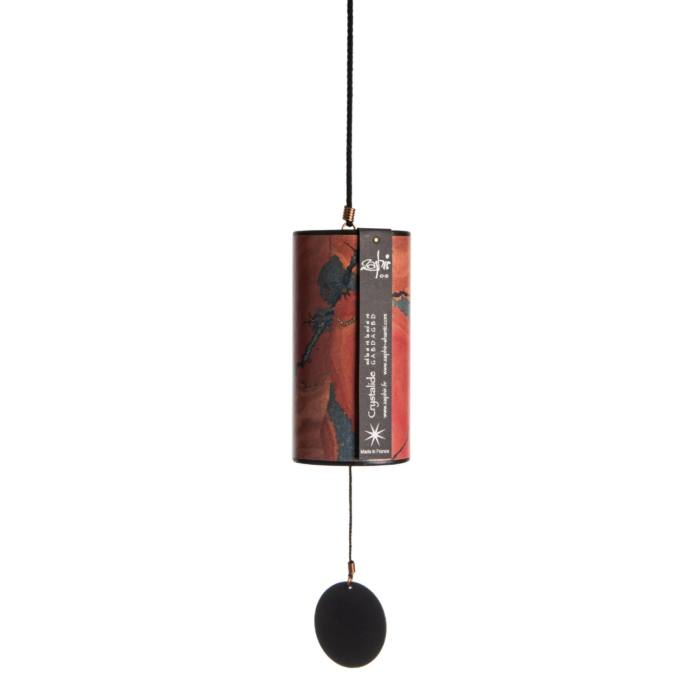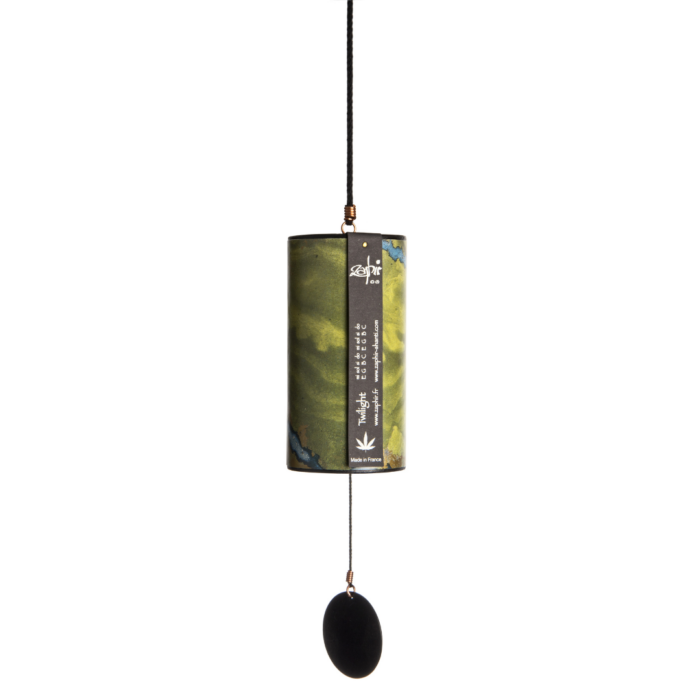Welcome to the powerful world of sound bowls, an ancient tool for healing and meditation that has captivated the hearts of wellness enthusiasts worldwide. In this article, we delve into the connection between sound bowls and the chakra system, exploring how different sizes and tones can restore and balance our energy centers for a more fulfilling life.
Table of Contents
- Understanding Sound Bowls
- An Overview of the Chakras
- Sound Bowls and Chakras – The Healing Connection
- Sound Bowls for Each Chakra
- Practical Tips for Using Sound Bowls
Understanding Sound Bowls
Sound bowls, often referred to as singing bowls, have their roots in ancient cultures across Asia. Originally used in rituals and meditation, these bowls are crafted from various materials, including metals like bronze and brass, and more recently, crystal. The magic of a sound bowl lies in its ability to produce rich, harmonic tones when struck or circled with a mallet. These vibrations are not just heard but felt, resonating through the body and mind.
An Overview of the Chakras
The chakra system is an ancient concept rooted in Eastern spiritual traditions, representing seven key energy centers in the human body. Each chakra is associated with different aspects of our physical, emotional, and spiritual well-being:
- Root Chakra (Muladhara): Located at the base of the spine, this chakra represents our foundation and feeling of being grounded. It’s associated with survival issues, basic needs, and our sense of stability and security. The color is red.
- Sacral Chakra (Svadhisthana): This orange energy center is situated in the lower abdomen (womb for women) and governs our emotions and connections. It’s closely linked to our sense of abundance, well-being, pleasure, and sexuality.
- Solar Plexus Chakra (Manipura): Found in the upper abdomen, this chakra is our source of personal power. It influences self-worth, self-confidence, and self-esteem. The color is yellow.
- Heart Chakra (Anahata): Located at the center of the chest, just above the heart, this chakra represents our ability to love and be loved. It’s the center of our deep bonds with others, our sense of caring and compassion, empathy, and joy. It is green and also includes our respiratory system!
- Throat Chakra (Vishuddha): Situated in the throat, this chakra governs our ability to communicate. It’s linked to our expression of thoughts and feelings and our ability to speak our personal truth. This chakra is also responsible for the metabolism since the thyroid is located here and the color is blue.
- Third Eye Chakra (Ajna): Found in between the eyes, this chakra is the center of intuition and foresight. It’s involved in our ability to think clearly, make decisions, and our imagination. The color is indigo.
- Crown Chakra (Sahasrara): Located at the very top of the head, this chakra represents our ability to be fully connected spiritually. It’s associated with inner and outer beauty, our connection to spirituality, and pure bliss. The color is white.
Sound Bowls and Chakras – The Healing Connection
The healing power of sound bowls comes from their ability to produce vibrations that resonate with the frequencies of our chakras. Each chakra responds to different frequencies, and using the right sound bowl can help in aligning and balancing these energy centers.
Sound Bowls for Each Chakra
- Root Chakra (Muladhara): A 12″ bowl with deeper tones is used for the root chakra, aiding in grounding and instilling a sense of security.
- Sacral Chakra (Svadhisthana): An 11″ bowl with a rich, mellow tone stimulates this chakra, enhancing creativity and emotional balance.
- Solar Plexus Chakra (Manipura): A 10″ bowl that produces a strong, clear tone energizes the solar plexus chakra, boosting confidence and personal power.
- Heart Chakra (Anahata): A 9″ bowl with a soft, soothing tone is ideal for the heart chakra, promoting love, compassion, and healing.
- Throat Chakra (Vishuddha): An 8″ bowl with a bright, resonant tone aids in improving communication and self-expression.
- Third Eye Chakra (Ajna): A 7″ bowl with higher frequencies stimulates the third eye chakra, enhancing intuition and clarity of thought.
- Crown Chakra (Sahasrara): A 6″ bowl, often very small and high-pitched, is used for the crown chakra, facilitating spiritual connection and enlightenment.
Practical Tips for Using Sound Bowls
Choosing the right sound bowl is crucial. Consider the material, size, tone, and how it feels to you personally. When playing a sound bowl, move the mallet around the outer rim to sustain the tone. The sound is produced by friction and it only takes a little practice for anyone to be able to play. Incorporating sound bowl therapy into your daily routine can be as simple as a five-minute session focusing on each chakra.
Sound bowl healing offers a unique and profound way to connect with and balance our inner energy systems. Whether you are new to this practice or a seasoned enthusiast, the world of sound bowls is rich with possibilities for personal growth and healing.
If you’re looking to explore this fascinating practice further, subscribe to our newsletter for more insights and updates. And if you are ever in Miami, please join us for a session!








